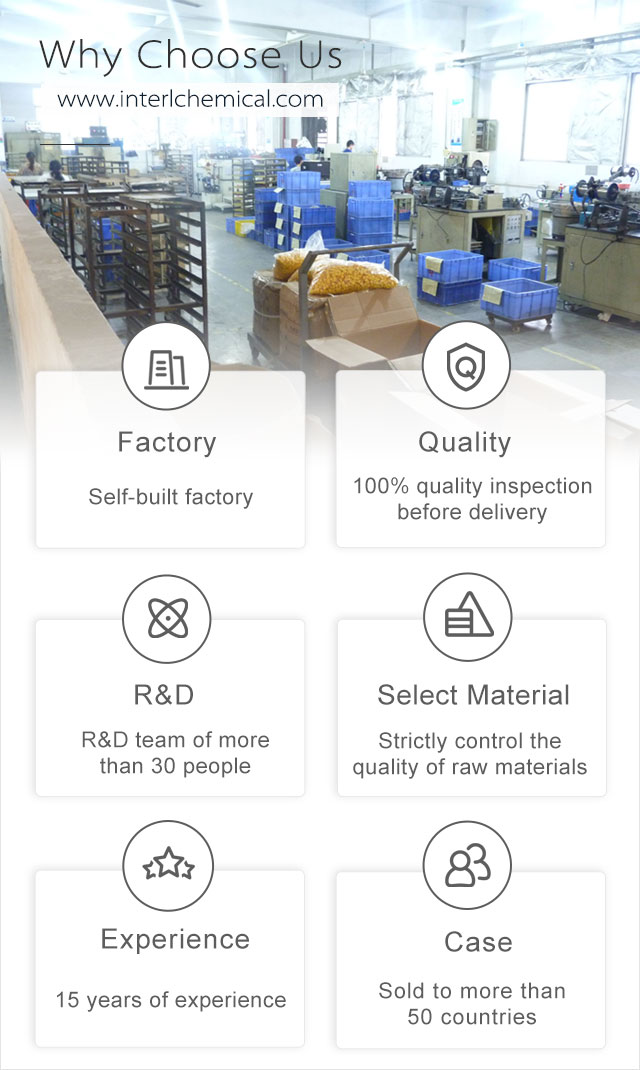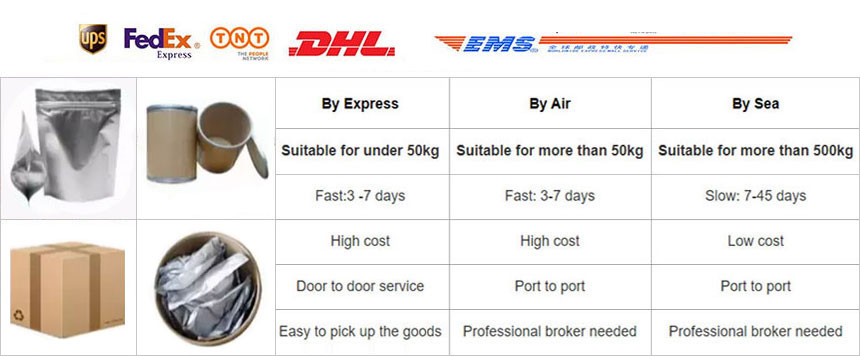



Related Attributes
Product details
D-Proline powder is white or light yellow solid powder at room temperature and pressure. With chiral center, D-Proline powder is an optically active molecule capable of rotating plane polarized light and possessing optical rotation value. Both carboxyl group and amino group in D-PROline are reaction centers that can be ionized, thus possessing acid-base properties. D-Proline is an amino acid, one of the eight essential amino acids. It is mainly found in proteins and is widely distributed in plants and animals.
Functions of D-Proline powder.
D-Proline powder can be used as an intermediate in organic synthesis and pharmaceutical chemistry, and is mostly used for modification of drug molecules and bioactive molecules. For example, D-Proline can be used to synthesize beta-carotene, and in the transformation of organic synthesis, D-proline can be esterified under acidic conditions to generate corresponding amino ester derivatives.
D-Proline is used in synthetic drugs, food and feed additives
Drug enhancement:
Significantly improve the protease resistance of antimicrobial peptides and prolong their half-life
Use as a carrier to enhance the targeted delivery efficiency of anti-tumor drugs
Biological activity:
Regulate NMDA receptor function, potential neuroprotective effect
Affect the activity of proline metabolism-related enzymes (such as ProDH)
Material application:
Used as a special component for biomaterial design (such as self-assembling peptides)
Research tools:
Used for enzyme stereoselectivity mechanism research
Probe molecules in protein structure research
Pharmacological Action of D-Proline.
1. Antibacterial and anti-infection
Antibacterial peptide modification:
Introducing D-Proline into antibacterial peptides (such as gramicidin analogs) can enhance their resistance to protease degradation and prolong half-life.
Shows synergistic effects against certain drug-resistant bacteria (such as MRSA) (needs to be combined with traditional antibiotics).
Mechanism: Interferes with bacterial cell wall synthesis or membrane permeability (similar to the target of L-type peptides, but with higher stability).
2. Anti-tumor potential
Drug carrier design:
As a targeted delivery system (such as D-type peptide-drug conjugates), take advantage of its low immunogenicity and tumor penetration.
Direct action:
Inhibits tumor-related proline isomerase (such as Pin1) and affects oncogenic signaling pathways (such as Wnt/β-catenin), but the evidence is limited.
3. Neuroprotection and Regulation
NMDA receptor regulation:
D-Proline may act as a partial agonist at the glycine site to regulate glutamatergic neurotransmission and has potential use in neurodegenerative diseases (such as Alzheimer's disease), but research is contradictory (high doses may cause excitotoxicity).
Proline metabolism association:
Inhibition of proline dehydrogenase (ProDH) may reduce reactive oxygen species (ROS) generation and protect neurons.
4. Metabolic disease intervention
Collagen metabolism regulation:
Competitive inhibition of L-proline hydroxylase affects collagen cross-linking and has potential use in fibrotic diseases (such as liver fibrosis).
Insulin signaling pathway:
Animal models show that it may improve insulin sensitivity (the mechanism is unclear or related to mitochondrial function).
5. Toxicity and limitations
Low bioavailability: Free D-Proline is difficult to absorb through the intestine and requires structural modification (such as esterification).
Risk of metabolic interference: High doses may competitively inhibit L-proline metabolic enzymes, leading to collagen synthesis disorders or neurotoxicity.
Research stage: Most effects are limited to in vitro or animal models, and there is no clinical evidence to support efficacy.
Production methodprocess of D-Proline powder
D-Proline powder was synthesized in the laboratory by a synthetic chemical reaction.
Why choose us?

HRK Factory

About Shipping

Pharmaceutical Intermediate manufacturers
©2023 Xi'an Henrikang Biotech Co., Ltd.,